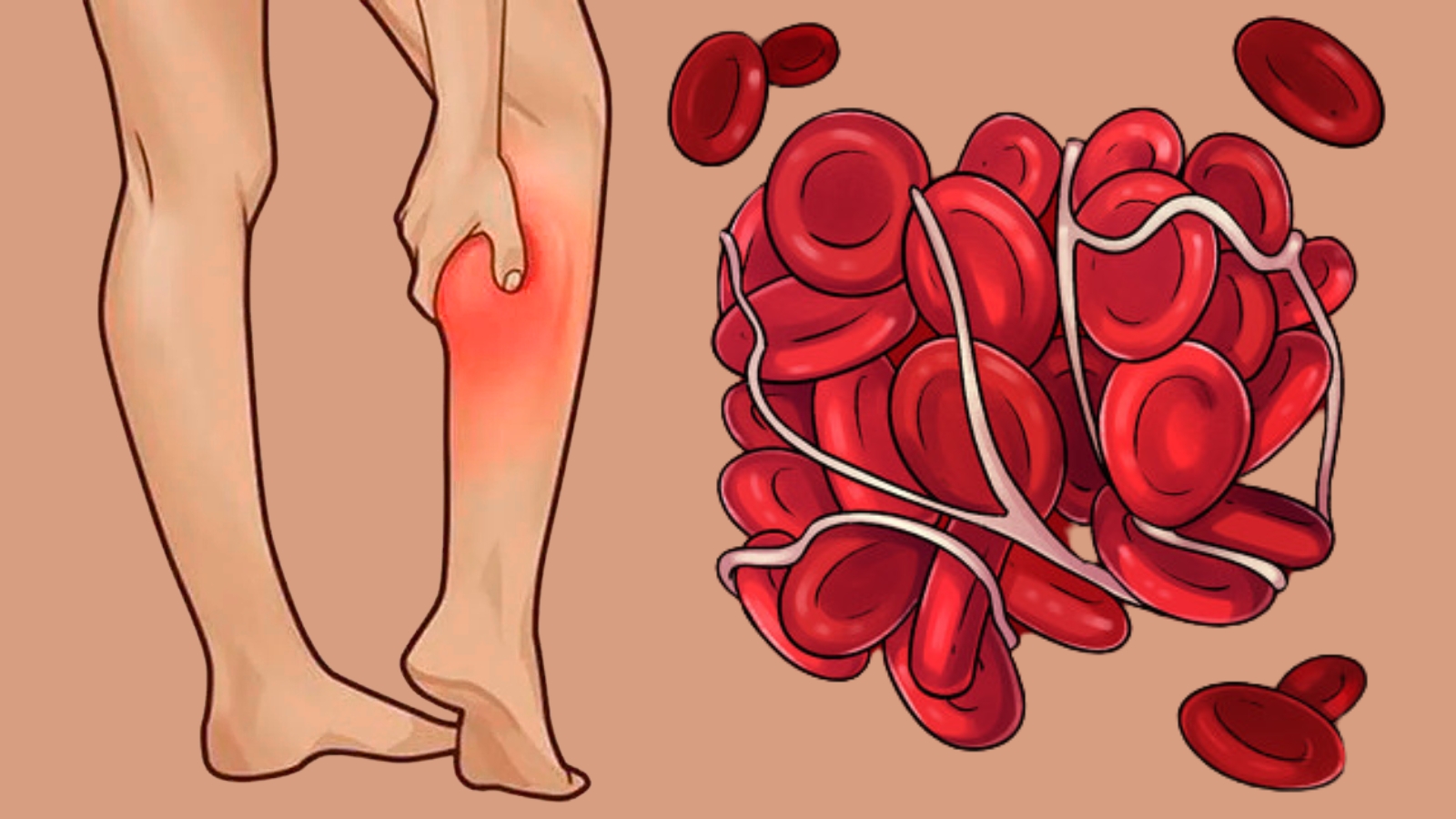7 Warning Signs of Clogged Arteries You Should Never Ignore
Clogged arteries, also known as atherosclerosis, occur when fatty deposits build up inside the blood vessels, restricting blood flow. Left untreated, this condition can lead to serious health problems like heart attacks, strokes, and peripheral artery disease.
Here are 7 common symptoms that may indicate clogged arteries:
1. Chest Pain or Angina
One of the most common symptoms of clogged coronary arteries is chest pain, often described as pressure, squeezing, or tightness in the chest. It can happen during physical activity or stress and may go away with rest. This condition is known as angina and is a major red flag for heart disease.
2. Shortness of Breath
If your heart isn’t getting enough oxygen-rich blood due to narrowed arteries, you may experience difficulty breathing, especially during exercise or when lying down. This can be a subtle but important sign that your heart is struggling to pump effectively.
3. Fatigue
Unexplained, chronic fatigue—especially after minor physical effort—can be an early sign of clogged arteries. When your heart isn’t receiving enough blood, it has to work harder, leaving you feeling constantly tired and drained.
4. Erectile Dysfunction (ED)
In men, erectile dysfunction can be one of the first signs of poor blood flow due to arterial blockage. If blood can’t flow freely to the penis, it may indicate underlying vascular problems, including atherosclerosis.
5. Numbness or Weakness in Limbs
Clogged arteries in the legs and arms (known as peripheral artery disease) can cause numbness, tingling, or weakness, especially during walking or physical activity. In severe cases, it can lead to leg pain at rest or even ulcers and wounds that don’t heal properly.
6. Pain in the Calves or Thighs While Walking
Also known as claudication, this symptom is a warning sign of reduced blood flow to the limbs. The pain usually goes away with rest but returns during activity. It’s a key indicator that arteries in your legs might be blocked.
7. Cold Hands or Feet
Poor circulation caused by clogged arteries can result in cold extremities, even in warm weather. If one hand or foot is consistently colder than the other, or if you notice changes in color (bluish or pale skin), it’s time to consult a doctor.
When to See a Doctor
If you experience any of the symptoms above—especially in combination—don’t wait. Early diagnosis through blood tests, imaging scans, or stress tests can help prevent life-threatening complications.
Final Thoughts
Clogged arteries develop silently over time but can have deadly consequences if ignored. Living a heart-healthy lifestyle, including a balanced diet, regular exercise, avoiding smoking, and managing stress, is crucial for prevention.
Listen to your body. It’s often smarter than you think.



